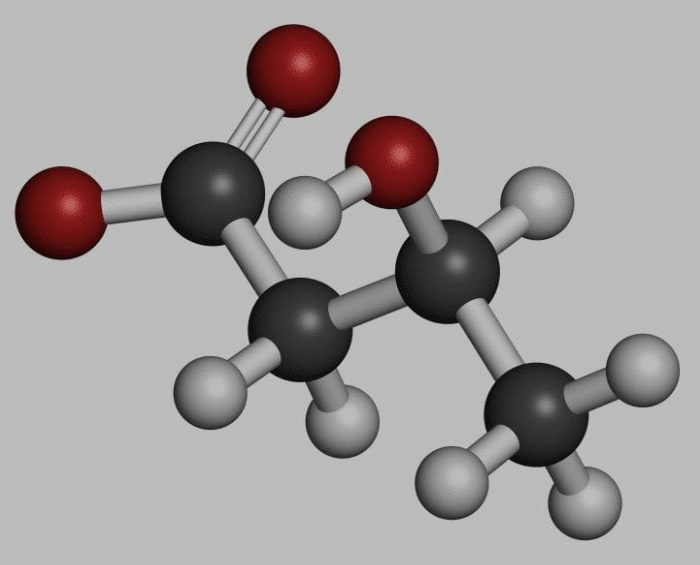
What Is Beta-Hydroxybutyrate (BHB)?
This molecule is one of the three ketone bodies produced in the absence of glucose within the body for use as energy. When supplies of glucose are…

The ketogenic diet is a high-fat, moderate-protein, low-carbohydrate diet. Normally, your body runs on glucose (from carbohydrates) for fuel, but when on the keto diet, you’re body enters the metabolic state of ketosis which allows you to burn ketones (from fat) for energy. The ratio of macronutrients (macros) you consume is an important factor to keep in mind because keto is not just another low-carb diet, it is also a higher-fat diet.
So, what are macros? Fat, protein, and carbs are all macronutrients. Carbohydrates are made of carbon, oxygen, and hydrogen (CHO) and are broken down into glucose within the body. Carbs include sugars, starch, and fiber. There are simple carbohydrates (are easily broken down into glucose and spike insulin levels) and complex carbohydrates (slower digesting, do not cause as large of a spike). Fats are made of triglycerides and are either saturated or unsaturated. Saturated fats are single bonds, fully saturated with hydrogens, solid at room temperature, and are found in foods like cheese, butter, and coconut oil. Unsaturated fatty acids are not fully saturated with hydrogens, have one or more double bonds (monounsaturated = 1 double bond, polyunsaturated= more than 1), are liquid at room temperature, and come from foods like avocados, olives, and fish. A well-formulated ketogenic diet is constructed with a balance of both saturated and unsaturated fats. Trans-fats (also called trans-unsaturated fats or hydrogenated fats) are created by heating unsaturated fats and are highly inflammatory, can contribute to heart disease, and should be completely avoided on the ketogenic diet. Protein is the third macronutrient and unlike other macros, it is not utilized for energy, but rather growth and repair. You should be consuming around a minimum of 1g of protein/1kg of body weight.
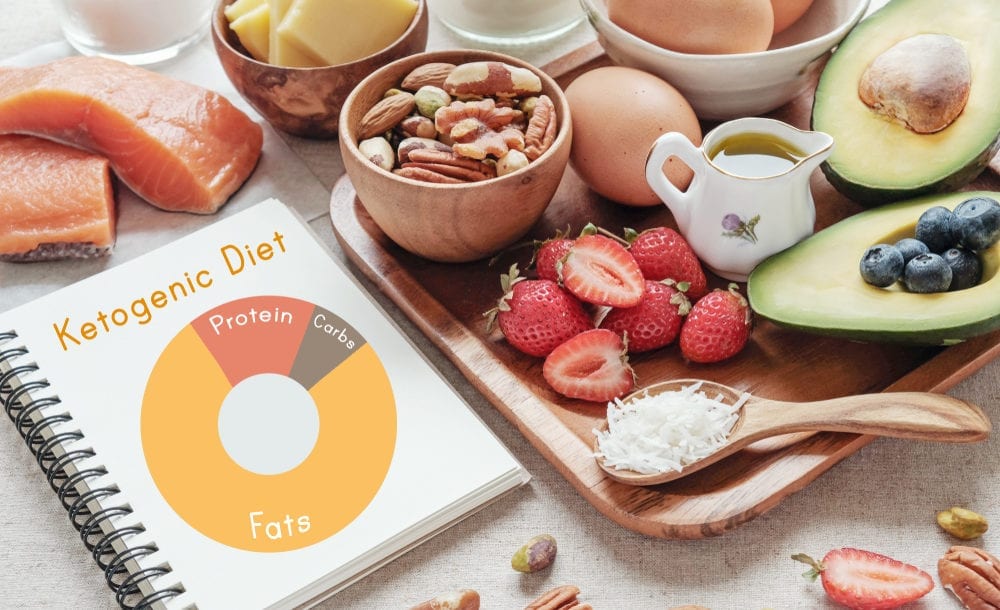 But, what percentage or ratio of each macronutrient should you be eating on a ketogenic diet? Well, the answer is that it depends. A traditional ketogenic diet consists of 75% fat, 20% protein, and 5% carbohydrates, but the most optimal ratio depends on your needs. If you are using the ketogenic diet for therapeutic benefits (epilepsy, cancer, etc), the fat ratio should be increased (typically around 80-90% of total calories), whereas if you are looking for body composition and train like a bodybuilder, protein should be slightly increased (typically around 25-30%). You should tailor your macronutrient and total calorie intake based on your needs. A quick and easy way to determine if your eating appropriately, is to generally monitor weight fluctuations. If you find yourself gaining weight, reduce your calorie intake. Here in Keto Club, you have access to our Advanced Calculator to help you determine your caloric and macronutrient needs!
But, what percentage or ratio of each macronutrient should you be eating on a ketogenic diet? Well, the answer is that it depends. A traditional ketogenic diet consists of 75% fat, 20% protein, and 5% carbohydrates, but the most optimal ratio depends on your needs. If you are using the ketogenic diet for therapeutic benefits (epilepsy, cancer, etc), the fat ratio should be increased (typically around 80-90% of total calories), whereas if you are looking for body composition and train like a bodybuilder, protein should be slightly increased (typically around 25-30%). You should tailor your macronutrient and total calorie intake based on your needs. A quick and easy way to determine if your eating appropriately, is to generally monitor weight fluctuations. If you find yourself gaining weight, reduce your calorie intake. Here in Keto Club, you have access to our Advanced Calculator to help you determine your caloric and macronutrient needs!
So you know what keto is and how to start, but how do you ensure success? It’s vital to know any of the side-effects or pitfalls and how to fix them. For starts, the keto-flu is a common side effect when first starting the ketogenic diet. Going keto reduces insulin levels and can lead to electrolyte depletion. Low electrolyte levels can lead to symptoms like headaches, fatigue, nausea, muscle cramps, and more. The simplest way to prevent these keto-fly symptoms is to supplement with electrolytes (sodium, magnesium, and potassium) but, you can also drink plenty of water, exercise (try HIIT cardio), and get plenty of sleep to help ease symptoms. Other common pitfalls include eating insulin-spiking sugar alcohols (only consume erythritol or xylitol and avoid sorbitol and maltitol), not calculating net carbs properly (total carbs- non-digestible sweeteners – true fibers), not paying attention to how many calories from fat you are consuming, and not intermittent fasting properly.
Now you are prepared to start and be successful on keto! You understand the fundamentals and you are ready to apply them!

This molecule is one of the three ketone bodies produced in the absence of glucose within the body for use as energy. When supplies of glucose are…

Stocking your pantry with keto-friendly go-to staples is one of the many ways you can make the ketogenic lifestyle a little easier. Streamline your cooking, baking, snacking, and more with the right keto foods and products in your pantry. Satisfy hunger pangs and cravings without getting kicked out of ketosis. Check out the top ten […]
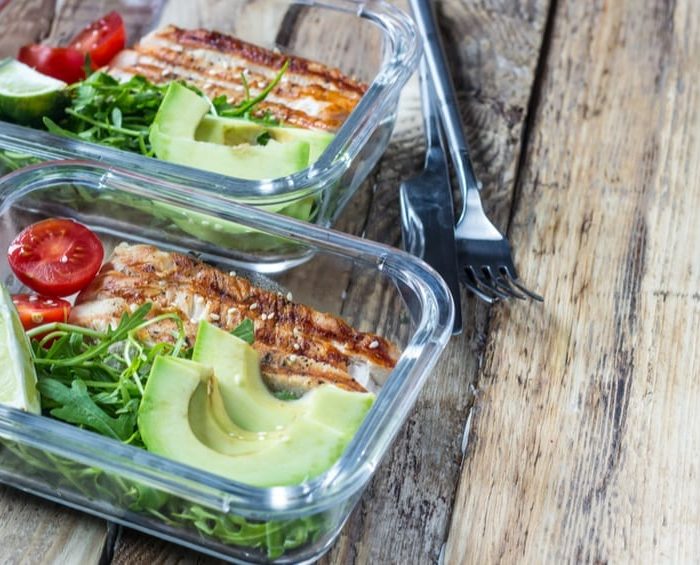
Meal prepping is often touted as the key to success on a diet. After all, it’s hard to fall off track if you already have your meals prepped and ready to go. In fact, many people find that meal prep is extremely helpful specifically on the keto diet because you are less likely to get […]
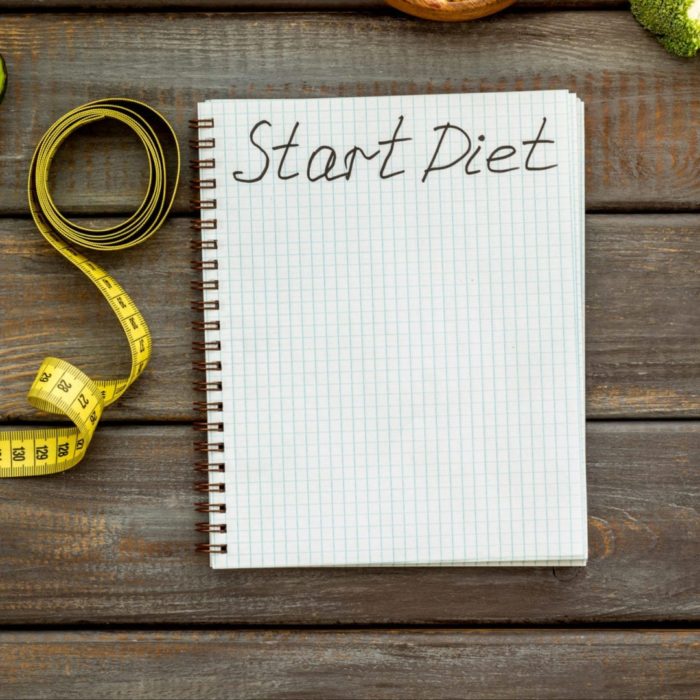
With a little forward-thinking and planning, the right tips and advice, and the right tools in your keto toolkit, you will be well on your way to achieving your goals. Just by asking the question “How do I start keto?” you’re already priming yourself for keto success. Keto Diet FAQ’s It’s helpful to at least […]

If you have heard about the ketogenic diet or have done one yourself, chances are you have heard of or experience the keto-flu. Furthermore, if you have heard about bad experiences with the ketogenic diet then chances are you talked to someone who just couldn’t beat the keto flu. The keto flu often seems like a myth but it is a real thing. However, this does not mean that it cannot be managed or avoided altogether. In this article, we will cover what the keto flu is and what you can do to beat it! What is the Keto Flu? The Keto Flu is the group of symptoms that are often felt by people who start a ketogenic diet. It is often referred to as carb withdrawal and occurs during the Keto-Adaptation period. When carbohydrate intake is drastically lowered, as it is with keto, it can take the body some time to adjust. For some people, this period is very short and for others, it seems like it takes forever. Similarly, for some people, the
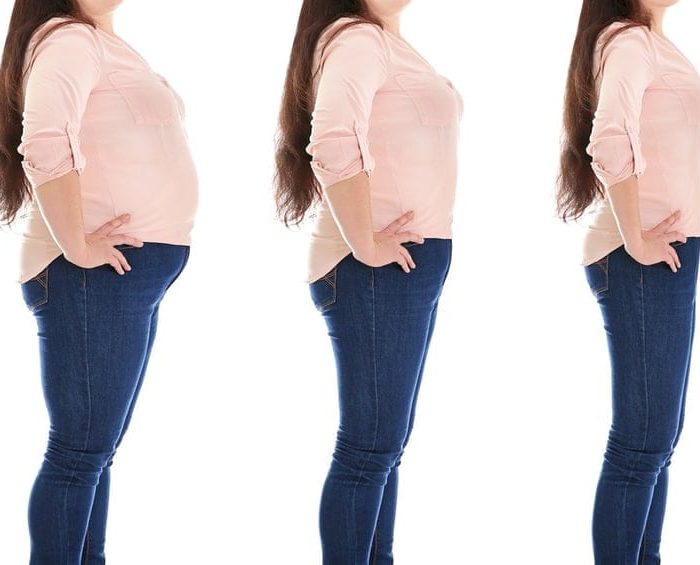
What is keto adaptation and how does it affect your body? Learn more about hormone changes, rapid weight loss, and fat burning on keto.

what is the keto-adaptation process? Minimal consumption of carbohydrates (< 50 grams/day) for an extended period of time results in a phenomenon called keto-adaptation.
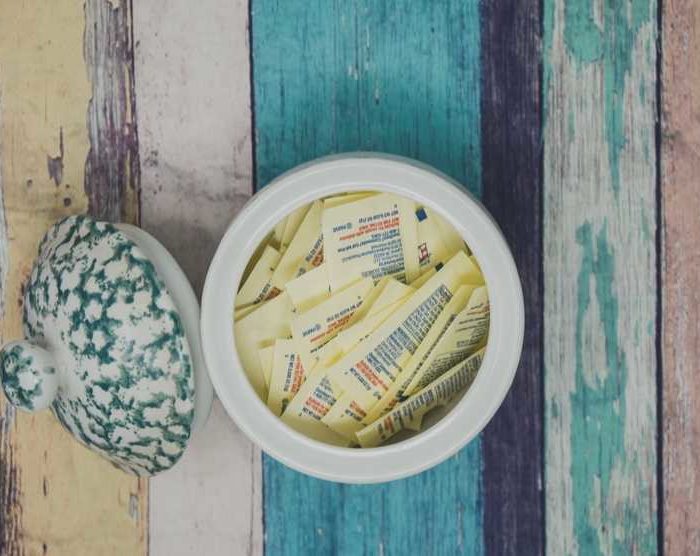
The use of artificial sweeteners in a ketogenic lifestyle has been long debated and remains a controversial topic among the ketogenic and medical…

Electrolytes become increasingly important on a ketogenic diet. This is because ketogenic dieting can easily lead to depletion of these electrolytes…
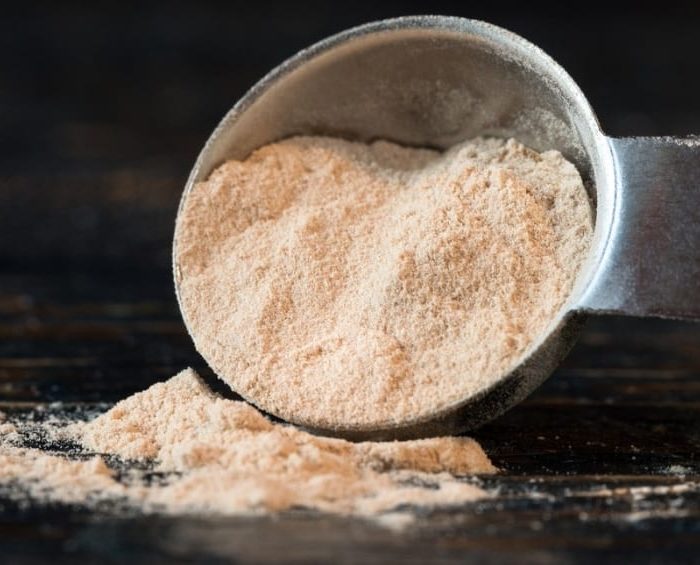
We’ve all seen it on food labels: “Only 2 net carbs” or “Low net carbs.” But what does this truly mean? What are net carbs, and why does it matter? Are…

A comprehensive introduction to the Ketogenic Diet: The science behind ketosis, a guide to nutrition, and how to achieve optimal health with ketones.

